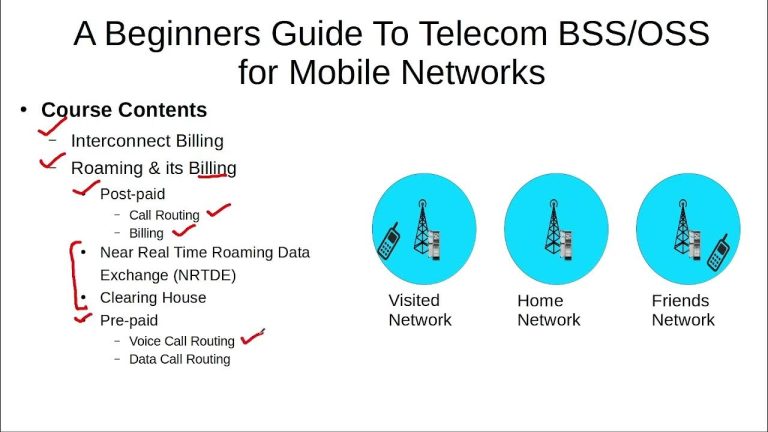WRC 15: Highlights from the 2015 World Radiocommunication Conference
telcomatraining.com – The 2015 World Radiocommunication Conference (WRC-15), held under the auspices of the International Telecommunication Union (ITU), marked a critical milestone in global spectrum management. Convened from November 2 to 27, 2015, in Geneva, Switzerland, the conference brought together over 3,000 participants from nearly 160 countries, including representatives from governments, industry, and international organizations. The event’s primary objective was to revise the Radio Regulations, the international treaty governing the use of the radio-frequency spectrum and satellite orbits.
A Global Platform for Spectrum Allocation
One of the key outcomes of WRC-15 was the allocation of spectrum to support emerging technologies, including next-generation mobile broadband networks and satellite communication systems. With the exponential growth of data demand, driven by smartphones, IoT devices, and streaming services, ensuring sufficient spectrum for 5G development was a high priority.
The conference succeeded in identifying additional frequency bands for International Mobile Telecommunications (IMT), setting the stage for the evolution of 5G. Specific bands, such as portions of the L-band (1427-1518 MHz) and C-band (3.4-3.6 GHz), were allocated to mobile broadband services. This decision was critical in addressing the global digital divide and enabling countries to keep pace with rapid technological advancements.
Focus on Satellite Communications
Satellite communication was another focal point of WRC-15. The conference addressed spectrum needs for the fixed and mobile satellite services, particularly in remote and underserved regions. Delegates worked to ensure that satellite systems could coexist with terrestrial systems without harmful interference.
An essential decision was the allocation of spectrum to Earth Stations in Motion (ESIMs), allowing them to operate in the Ka-band frequencies. This move enhanced connectivity for aircraft, ships, and trains, paving the way for improved in-flight and on-the-move broadband access.
Strengthening Disaster Communication
WRC-15 also prioritized improving disaster response capabilities through better spectrum planning. The conference allocated frequencies for enhanced public protection and disaster relief (PPDR) communications. These measures aimed to facilitate faster and more reliable communication during emergencies, ensuring that first responders could operate seamlessly across borders.
The Role of IoT and Smart Technologies
With the Internet of Things (IoT) and smart technologies gaining momentum, WRC-15 recognized the need to address spectrum requirements for these innovations. Delegates examined the use of wireless technologies in areas such as smart cities, connected vehicles, and machine-to-machine communication. While decisions on specific IoT-related frequencies were limited, the discussions laid a foundation for future conferences to tackle this evolving area.
Protecting Scientific Services
Another critical aspect of WRC-15 was ensuring the protection of spectrum for scientific purposes, including weather forecasting, climate monitoring, and space exploration. For instance, the conference worked to safeguard passive sensing frequencies used by Earth observation satellites, which play a vital role in understanding climate change and natural disasters.
Challenges and Future Implications
WRC-15 was not without its challenges. Negotiating spectrum allocations involved balancing the needs of diverse stakeholders, including terrestrial operators, satellite providers, and scientific communities. The conference demonstrated the importance of international collaboration in managing finite spectrum resources.
The decisions made at WRC-15 set the stage for future technological advancements, including the rollout of 5G networks and the growth of satellite-based services. However, the rapid pace of innovation underscores the need for ongoing global cooperation to address emerging spectrum requirements effectively.
Conclusion
WRC-15 was a landmark event in shaping the future of global telecommunications. By addressing critical issues such as spectrum allocation for 5G, satellite communication, and disaster response, the conference ensured that the radio-frequency spectrum remains a catalyst for innovation and societal progress. As we move forward, the outcomes of WRC-15 continue to influence technological development, highlighting the importance of collaboration in an increasingly interconnected world.
By understanding the key highlights and decisions from WRC-15, stakeholders can better appreciate the complexities of spectrum management and the role it plays in driving global connectivity.







